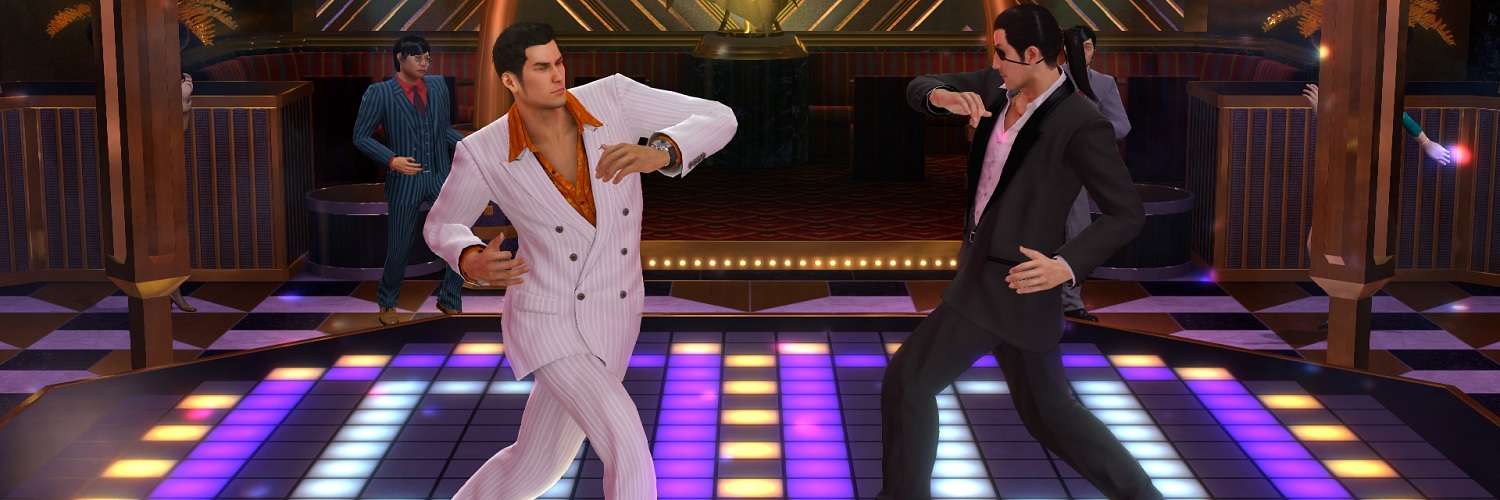
Yakuza 0 PC Review
It has been four years since Sega opened more of its console catalogue to PC ports. It started after a petition online asked Sega to support the platform by bringing games like Valkyria Chronicles, Bayonetta, Vanquish and other titles. It seemed to have sparked interest from the Japanese developer/publisher, as Valkyria Chronicles did indeed get a port to PC back in 2014 – a great game that received a solid performing release. Fans wanted more, but Sega were rather slow with the news, with ports happening at a trickling rate. Fast forward to now and it seems Sega has their ports coming out at a more optimal speed, as announcements are happening often in regards to their games coming to PC. The next title to arrive on the platform is Yakuza 0, a once PS4 exclusive now finds itself on Steam, a title that while is the sixth entry in the franchise, is actually the perfect game to start with, making total sense for it to appear on PC as the first Yakuza game to do so.
This is due to the placement of Yakuza 0‘s story, set in Kamurocho, Tokyo, December 1988 and acting as a prequel to all the other titles, Yakuza 0 introduces players to a younger, 20 year old, Kazuma Kiryu. While his status is not as infamous as he is in the rest of the games, he still has a label in the Dojima Family as a guy who enjoys using his fists and gets the job done, even if it is for small work, such as debt collecting that is demonstrated at the beginning of the game. It doesn’t take long before the thread begins to unfold and Kiryu is accused of murdering the person belonging to last debt he gathered, which also happens to be located at a key battleground between landowners who want a piece of land known as the Empty Lot. With multiple groups involved, Kiryu must find who has set him up, while avoiding everyone who is gunning for him, or in Yakuza terms, punch the living daylights out of them.
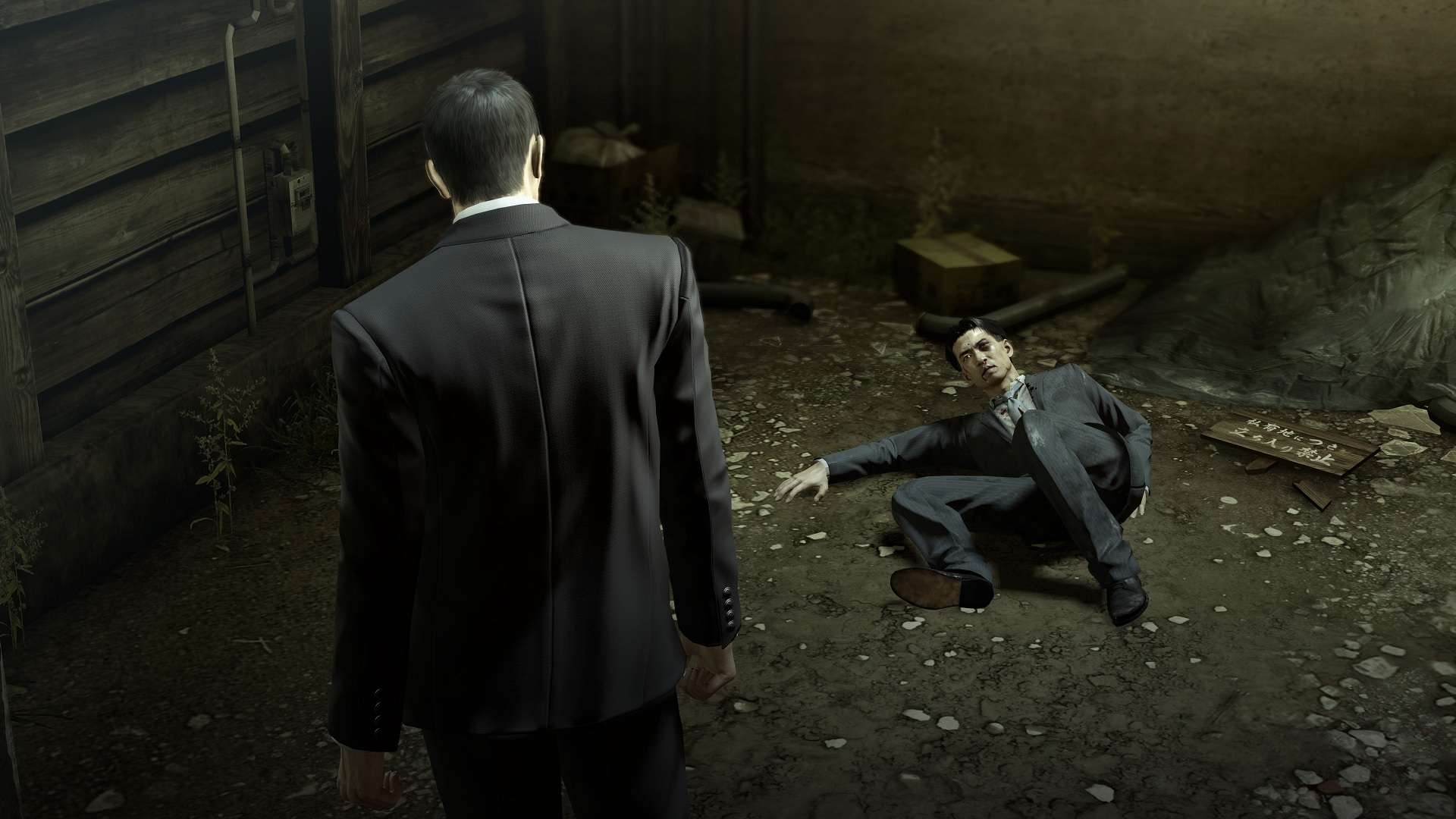
Also getting their origin story here is fan favourite Goro Majima, which takes us to Sotenbori, Osaka, where Majima is currently the manager of a Cabaret (hostess club), a life he has had to deal with as punishment for going against the wishes of his clan after enduring a year locked up in a torture chamber. Still, he has a desire to return to the clan, and at one point Majima has the chance of redemption by taking on an assassination job, even though he has never killed before at this point in his life. He once again ends up going against a command when he finds out the target is a rather defenceless person. Confused as to why this individual is marked, Majima offers protection as he investigates the reason why such a soul has a hit on their head.
It is never easy to encapsulate great storytelling when it involves multiple story threads, but one of the things to take away from this game’s solid storytelling is that by shrinking the focus back to two characters, it can concentrate on presenting in a way that is not handicapped by having to share a story across so many people. I’m saying that because the pacing in Yakuza 5 was an issue, spreading so many plots across a large cast, but thankfully, Yakuza 0 manages to deliver a well paced story that has as many twists as there are emotional flips of seriousness to silliness. The two stars here both get their time to shine through wonderful character development as the game switches between them every couple of chapters. Fans will be happy to see Kiryu and Majima eventually cross paths and grow into the characters that fans have known for the past 12 years as the game’s credit roll at the end of a 36+ hours of story – don’t worry, there is plenty of side quest and content to put another 100 hours on top of that.
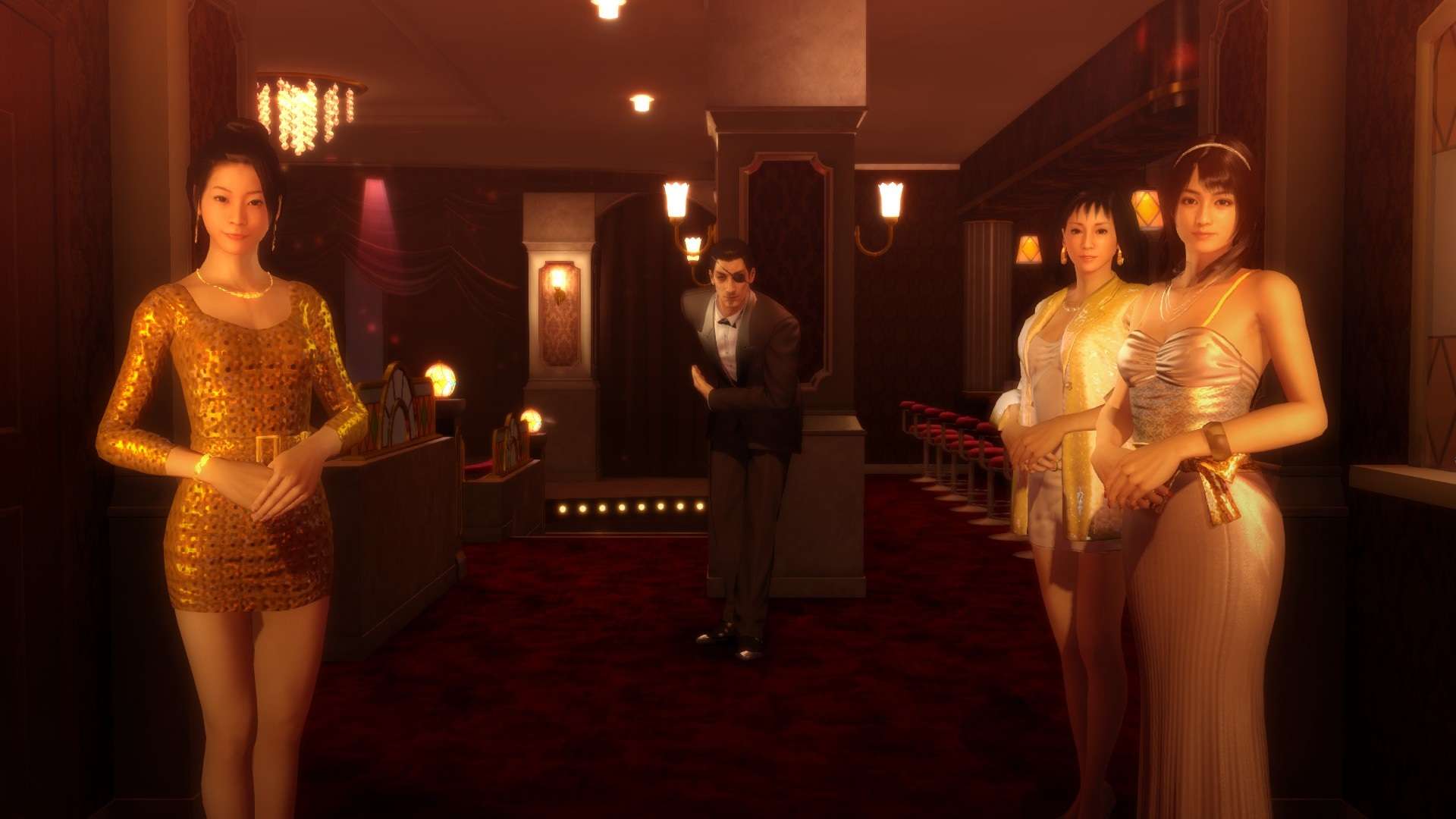
Just as important as the characters are the game’s locations. The Yakuza series always manages to impress me with its location design, packing its places with many sights and activities, even when the scale of the cities aren’t that huge. Both Kamurocho and Sotenbori have their own unique vibe, both encapsulating what makes Tokyo and Osaka such amazing places to sightsee. Both have clear evidence about the inspiration taken to make up these fictional cities, such as the Dotonbori King Crab being on display in the game, which gives them a believable vibe as the player walks around seeing the NPCs go about their day-to-day activities.
There are many opportunities in which the story allows the player to explore Kamurocho and Sotenbori at their will – there are very few moments where it restricts what you can do, enabling one to experience everything the cities have to offer. The main mode of transport is running around the streets. Taxis can be hired to move to edges of the city, but I found them hardly useful for the short distances needed to travel. Many people are out to get both Kiryu and Majima, as other yakuza members or thugs who think they are hard enough to start a fight attempt to challenge them. These foes, unless related to a story mission, are random encounters that appear on the map as red triangles with their vision cone on display, which enables them to be avoided if desired.
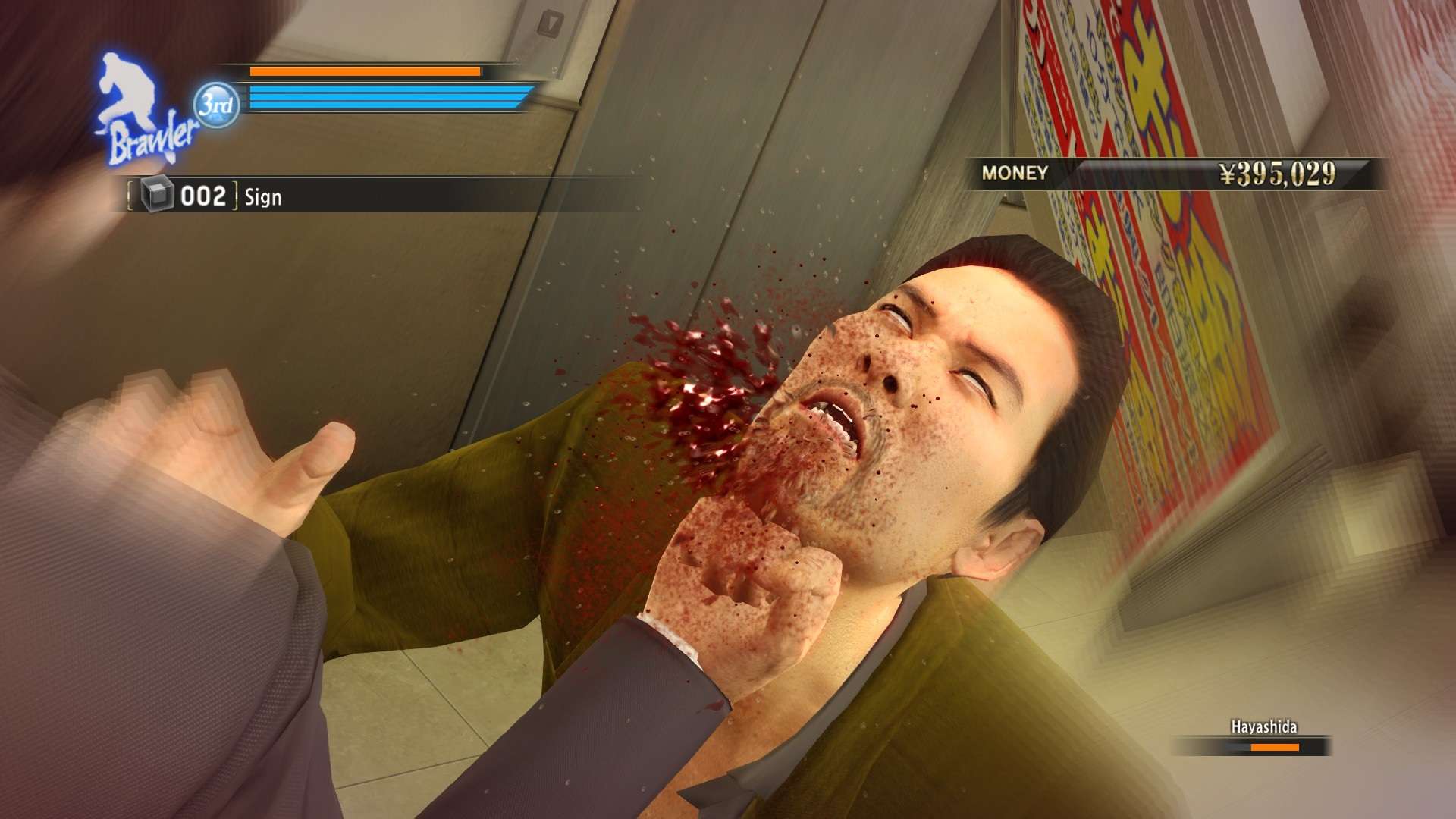
Fighting is a big part of Yakuza, and this entry was the first title in the franchise to drastically add some improvement over the previous releases by adding additional stances for each of the characters. Previously, this was done by adding more playable characters to the story, where each character had its distinct fighting style. Now, both Kiryu and Majima have access to their own three unique styles that are switched on the fly with a direction on the d-pad. Kiryu’s starting stance is Brawler that has some basic punch and kick combos, and allows him to pick up the many street props to use as weapons, similar to his fighting ability in the earlier games. Beast makes Kiryu become some sort of raging monster where combos automatically pick up any environmental objects close to him and involve them during his combos. His last stance is Rush, a speedy flurry of kicks and punches with great dodging ability, but forfeits the ability to grab enemies or use weapons.
But it is Majima who steals the spotlight for flamboyant and insane combos. He’s known in the series for being the “Mad Dog of Shimano” and it comes across here with his fighting styles. Thug is the standard style, similar to Kiryu that it offers a mixture of punch and kicks, and the ability to pick up weapons, but it’s also more on the dirty side, which can involve poking people in the eye or choking them out with a neck snap. Slugger gives Majima a baseball bat at all times, with all his combos smashing metal to face in a flurry of swings and skilful spinning moves, while Breaker turns Majima into a street dancer, breaking out the flashy kicks that would give Eddy from Tekken a run for his money – his ridiculous styles are just so much fun to use.
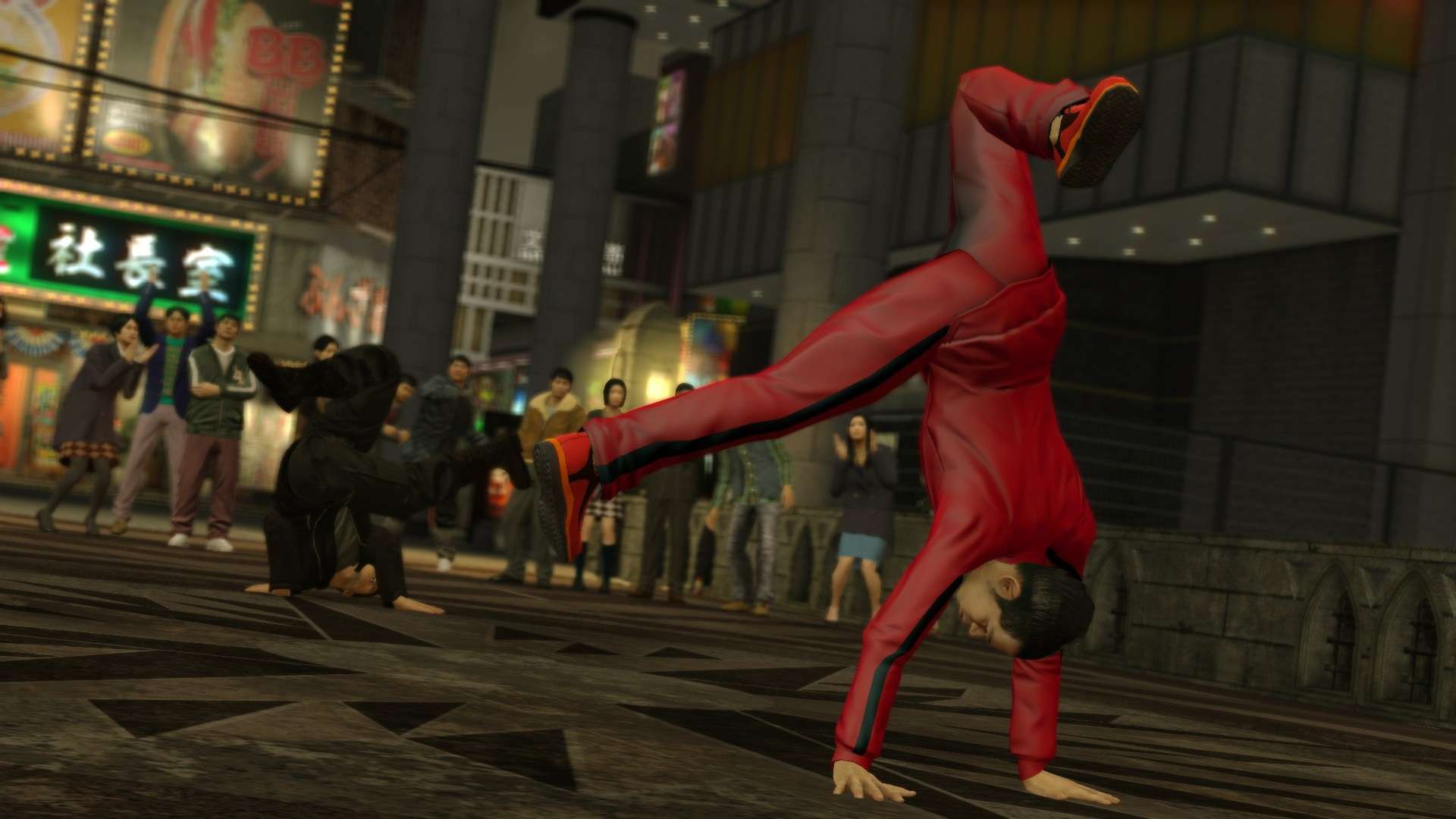
The combat does a good job at making the player feel like a complete badass, an antihero who can take on anything, thanks to the Heat system, a feature that has been in the series since day one. Building Heat enables the use of stronger special attacks that deal huge damage in a rather violent manner, even more so when they use the surrounding environment or weapons. Holding a box of nails and activating Heat will send a handful of nails into the foes mouth, followed by a face hit, then a kick to the head. Another has Kiryu picking up an opponent and doing some sort of Goldberg reverse jackhammer right onto a metal frame, causing some serious back problems for the person on the receiving end.
There is no doubt that this game is violent, digitising some rather brutal take-downs that are enough to make one squirm, but it adds spice to the combat to keep it exciting as new devastating Heat moves are discovered. A new twist is that experience has been replaced by money, which is used to purchase new moves in the three different styles. It’s certainly an interesting take on a level up system, as this means I was never short of money to buy things in the various shops, since fights can earn you from the hundred thousands to the millions of Japanese Yen, as money literally flies out of people when they are hit. Towards the end of the game, the combat does become repetitive, even with upgrades done, I mean, you have been through a 36+ hour story with many fight scenes, so it’s understandable when the combat doesn’t quite offer openness as something like Bayonetta, but still, it’s fast, brutal and very entertaining for most of the game.
When you are done smashing faces in, Yakuza 0 has many side activities to occupy your free time around its two cities. One of the main reasons to explore is to discover the game’s substories that involve NPCs that have issues they need solving. The range of topics are so vast that you won’t be able to guess them… One can involve helping a dominatrix to do her job better by showing her how to punish people, so Kiryu does this by doing what he knows best, laying the smackdown on some thugs. Others involve helping a kid get back his video game that someone stole from him, speed delivering a pizza within minutes and finding love through messages on a public toilet wall. Yep, these substories go to strange places, very bizarre places, even on the border of softcore topics, but because of the topics involved these end up some of the funniest moments in the game that help take away the seriousness of the main plot. It’s something fans have come to expect, as it’s used to help players rest from the tension of the story, but Yakuza 0 switches between the weird and wonderful the most often in the series.
But that isn’t the only stuff to see, as there are general pass times to get yourself involved with. A big one is investing in real estate that comes with its own big side story, as you try to take down The Five Billionaires. For something on the smaller scale, go to the bar and play some pool or darts, go to the Sega Arcade joint and lose all your money with the crane machine or spend it on playing Outrun, Super Hang-On or Space Harrier, go to the bowling alley or hit some balls in the batting centre. Feeling something more eccentric? Then get yourself down to the female wrestling and bet on a winner or do some Karaoke, then release the stress of a hard day of work by going to the video booth. Each activity isn’t just a one off experience, they all come with difficulties to overcome, giving them more longevity than simply playing them for the sake of being able to. It’s understandable why finishing the game and only having 25% complete is normal to see, because the side content is packed tightly into Yakuza 0.
Sega has published a solid port with Yakuza 0 on PC. While there isn’t every graphical option one might expect, there are some key areas that are covered here, and some you might not even anticipate. For starters, things like frame rate, resolution (support for 21:9 is here apart from some small user interface stretches), borderless window, render scale, anti-aliasing are all here, plus the option to super-sample anti-aliasing (SSAA) if desired for better image quality. Further options enable cutscenes to run at actual frame rate as well. In terms of performance, Yakuza 0 is a rather stress free game that has decent optimisation. An Nvidia 1060 can run the game at over 100 fps at 1080p with 2xSSAA, while gamers with stronger technology can expect to run this at 1440p with 2xSSAA at easily over 60fps (this is virtually 4K resolution). I had a smooth experience with Yakuza 0 with zero problems and crashes when playing in either fullscreen or borderless window modes, plus, no matter if you are a fan of Xbox One or PS4 controllers, each one is fully supported here with button mappings displaying the correct controller prompts.
Away from hardware performance, one thing the developer has been good with the series is offering a fantastic presentation and how it uses it to support the story. I’m not sure if the team at Sega CS1 has spent days watching cinematic gangster/yakuza classics, but the camera work gets it right, capturing the essence of the scene and getting the characters in the right spots to make everything that bit more dramatic. On the audio front, Yakuza 0 is purely a subtitled experience, keeping the existing Japanese voice overs and supplying what seems to be a quality translation. While I don’t know Japanese, the voice over performance comes across good, with facial capture displaying emotions and the tone/delivery of words enabling me to clearly understand the emotion on display, oh, and the soundtrack is pretty rad as well.
After the success of Yakuza 0 on PlayStation 4, I hope this move to PC enables it to reach more of an audience, because those titles have been delivering quality experiences since first appearing on the PlayStation 2. Yakuza 0 is the perfect place to start, due to being a prequel, but also because no doubt the other games will make their way across to PC (Yakuza Kiwami, a remake of the first game, is already confirmed). A bonus for people wanting to check out the game is that it will not harm the wallet, since Yakuza 0 has released at a bargain price – no one can complain about the content you get for £14.99. But even so, money is not an issue, because Yakuza 0 is a unique game in this era of huge open-world games. There is much to experience here, from its great characters and solid storytelling that brings a captivating plot with two of the series biggest and best characters. It also makes strides to bring improvement to the brutal combat, while offering an eccentric presentation and over-the-top humour to keep people engaged in the wonderful and freaky world of Yakuza until its end.



